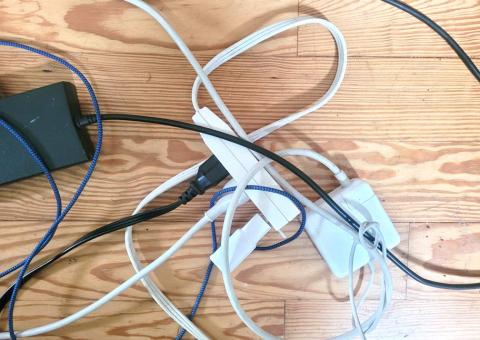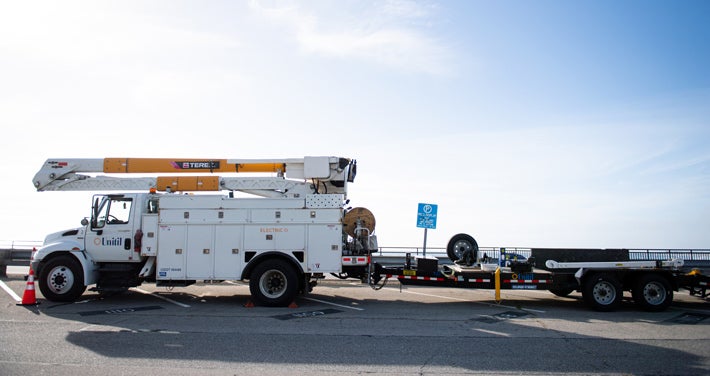There’s no doubt that electricity makes our lives easier. Advances in technology have enabled us to automate many manual household tasks, and electricity makes others easier, faster, and more enjoyable. However, it’s dangerous to take electricity’s power and potential for fire-related hazards for granted, which is why we’ve compiled this list of tips to keep your home – and family – safe.
Electrical Fire Stats
According to the National Fire Protection Association (NFPA), home fires involving electrical distribution and lighting equipment most often originate in a bedroom (17% of total), attic or ceiling (12%), or a wall assembly or concealed space (9%). Approximately one-quarter (24%) of these fires occur between midnight and 8 a.m., but these fires accounted for 60% of deaths.
Faulty or damaged wiring and related electrical equipment cause 69% of electrical fires, followed by lamps, light fixtures, cords, plugs, transformers, and other power supplies. (National Fire Protection Association)
Where to Start
There are a number of simple ways to protect yourself from the dangers of electrical fires in your home, many of which cost nothing to implement. Here are just a few.
- Unplug small electrical appliances when not in use. This will also protect your appliances from power surges and other electrical mishaps.
- Observe wattage limits on light fixtures. LEDs are a great way to light up a room without wasted heat energy.
- Don’t overload electrical outlets, and make sure large appliances are plugged directly into a dedicated outlet – not an adapter or extension cord.
- Inspect extension cords regularly and discard any that are damaged. And never run extension cords under carpets or rugs.
- Keep electric tools and appliances away from water and be sure that outlets near a water source are ground-fault circuit interrupters (GFCI). These can quickly shut off power to the outlet when a short circuit is detected.
- Keep cords tidy when not in use. Not only are loose cords a tripping hazard – they’re also more likely to get damaged. This is particularly important in homes with pets and small children.
- Install safety caps on outlets to protect young children; teach older children how to properly unplug devices by grasping the plug – not the cord.
- Be sure that any unbranded electrical devices or cords carry the Underwriters Laboratories (UL) label, which ensures they comply with OSHA safety standards.
- Consider employing some relatively low-cost equipment around the house to protect yourself and the ones you love, such as surge protectors, ground-fault circuit interrupters (GFCI), and smart plugs.
- Test smoke detectors regularly and replace batteries as recommended by the manufacturer. Electrical fires often smolder before breaking into flames.
For those who rely on electrical-powered medical equipment, even a brief interruption in the power supply can be catastrophic. If a member of your household relies on electrically operated life-support systems, we encourage you to fill out a medical alert form so we can alert you to planned outages and better assist you during unplanned service interruptions.
Unitil employees undergo comprehensive training and have the certifications and experience needed to handle these situations. We are available to answer any questions about the safety of your energy services and provide emergency services 24 hours a day, seven days a week.
Key Takeaways:
- Kids can learn about electrical safety through games, videos, and activities on Unitil’s e-SMART Kids site.
- Electrical safety starts with understanding the limitations of your equipment, from light bulb wattage to overloaded circuits.
- December is the most dangerous month for electrical fires, as the winter months call for more indoor activities and an increase in the demand for lighting, heating, and appliance use.




